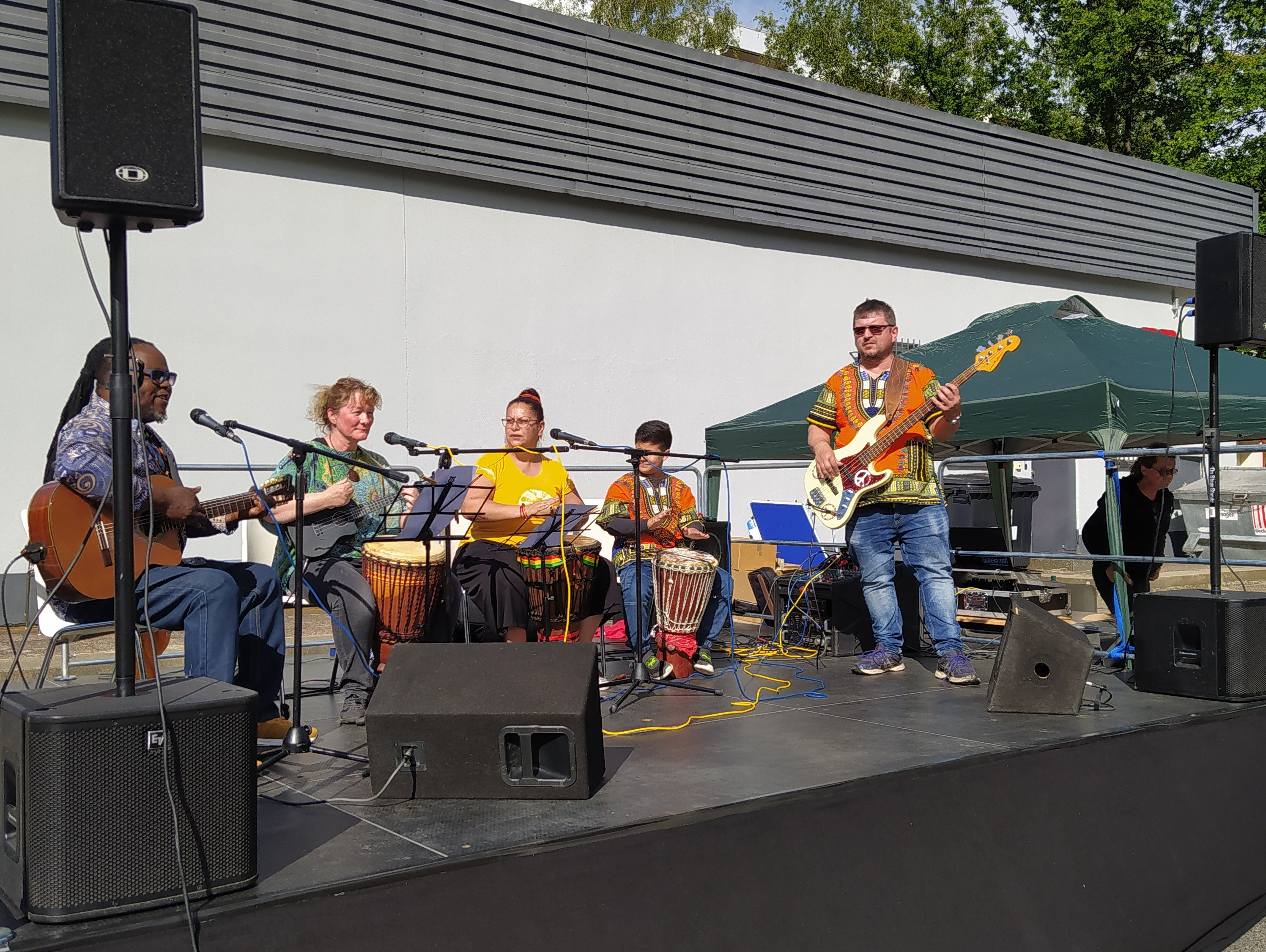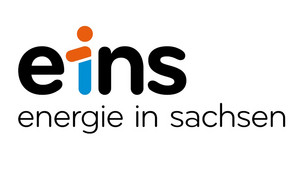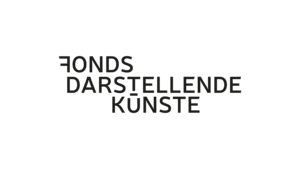Volunteers for Chemnitz 2025 publish reports on their experiences, assignments and adventures around the European Capital of Culture in the volunteer editorial office.
Kristina lives in Neukirchen in the Ore Mountains. The former archivist and case manager has travelled to numerous events as a volunteer for Chemnitz 2025. She also loves writing, which is why she came up with the idea of collecting the volunteers' experiences - the starting signal for the volunteer editorial team.
In almost stormy weather like on 15 June 2024, the day of the Ikarusfest, no gliders would have taken off or landed at the former airfield on Stollberger Straße after the Second World War.
The festival near the reception hall of the airfield, known as IKARUS - today the building is part of the shopping centre - was not affected by the changeable weather. There was no rain in the afternoon. The sun shone until the evening.
The volunteers around the district manager Mr Rosner were probably happy to accept the ideal weather conditions as a reward for their commitment.
I lived in the Heckert area for several years in what was then neighbourhood IV and VII. Local readers will know that this is the Markersdorf neighbourhood. It was only as construction work progressed, which began in 1974, that street names were gradually assigned.
When it came to the airport site, however, every local knew immediately which area was meant.
I had never seen the fairground in the middle of Usti nad Labem Street and Dr Salvador Allende Street before. The seemingly huge meadow is framed by multi-storey flat blocks. Together with trees, park benches and playgrounds, the square almost looks like a park. Ideal conditions for organising a party.
Stalls and pavilions formed a kind of circle around the meadow.
Seemingly all the clubs, initiatives and hands-on activities were represented: AWO, the Red Cross with rescue dogs, the Glückskäfer kindergarten, a mobile children's rehearsal room, bouncy castle and so much more.
GGG and WCH did not miss this opportunity to attract new tenants. A funeral parlour handed out beautiful fresh yellow roses to all the female visitors. It was a little unusual. But it didn't dampen the good mood. And why should it?
Together with Malu Kunze from gGmbH, we volunteers joined in the fun with a pavilion, a table and two benches. We offered children the opportunity to make bracelets from small beads. This offer was very well received. The table was very busy right from the start. The brochures and flyers stuck to the table-top were not affected by the wind, but they were still not visible. The whole table was full of craft materials. Hella and two young Ukrainian volunteers eagerly took care of the children and their necklaces. The little ones proudly showed their parents or grandparents the results of their handicrafts. Curious, they headed for the next stand. With absolutely no talent for handicrafts, I grabbed a few flyers and tried to - as I always say - "engage one or two visitors in conversation". The interest of the visitors was limited. Hardly any questions were asked. A group of young people listened to me politely and took a few flyers without saying hardly anything. The ambiguous smiles of the young visitors only allowed me to guess what was going on in their heads. "I should have kept at it," I said to myself. "Where is the line between good communication and annoying chatter?" was my second thought. I continued to wander the grounds. Interest in the volunteer programme could be felt here and there. One person I spoke to left me with a "maybe". "I'll think about it." That was her conclusion at the end of our conversation. I very much hope that I will meet her as a volunteer on one of my next assignments. She certainly has the right charisma. Very likeable.
From our stand, we were only able to see bits and pieces of the programme that had been lovingly put together by the organisers. On my tour of the site, I lingered in front of the stage from time to time. The predominantly musical, thoroughly challenging programme attracted people. People either stood directly in front of the stage or watched while enjoying coffee, cake, beer or smoked sausage and steaks.
The festival can certainly be considered a success. According to the "Stadtteilkurier Chemnitz Süd" newspaper, this event was the prelude to celebrations to mark "50 years of the Heckert area". In August 2024, the roof of the Vita-Center will be transformed into a festival centre for this anniversary. It will be exciting. By the way, while we're on the subject of history, let's have a quick look at the former airport.
Chemnitz Airport was built in 1925/26 on what is now Stollberger Straße. Before the Second World War it was, for example, a stopover for the Dresden-Nuremberg. The cities of Leipzig and Prague, at times also the seaside resorts of Karlovy Vary and Marienbad were served. Initially used as a landing site for gliders and parachutists after the war, the runway was withdrawn in 1974 for the construction of the "Fritz Heckert area".










































